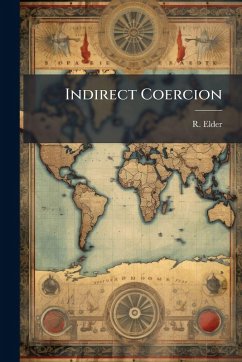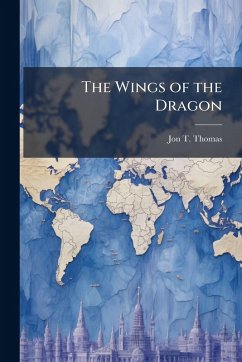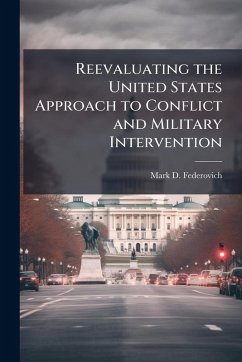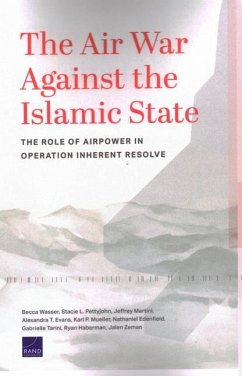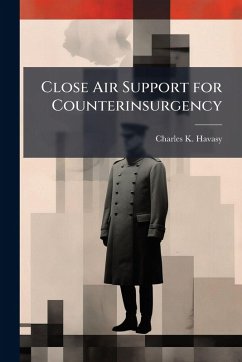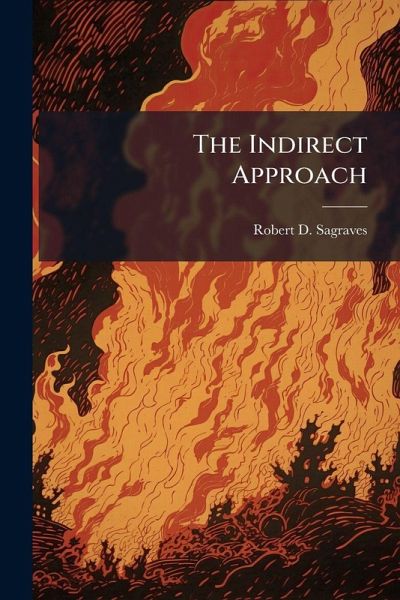
The Indirect Approach

PAYBACK Punkte
7 °P sammeln!
The intent of this paper is to explain the significant contribution of aviation foreign internal defense in combating terrorism in weak states. This study begins by identifying the national security threat posed by weak states and their attractiveness as a sanctuary for terrorist organizations. This study then examines how states respond to internal threats such as terrorism by implementing internal defense and development programs that are designed to address the underlying causes of internal instability. Next, the role of US foreign internal defense is examined and how it is used to support ...
The intent of this paper is to explain the significant contribution of aviation foreign internal defense in combating terrorism in weak states. This study begins by identifying the national security threat posed by weak states and their attractiveness as a sanctuary for terrorist organizations. This study then examines how states respond to internal threats such as terrorism by implementing internal defense and development programs that are designed to address the underlying causes of internal instability. Next, the role of US foreign internal defense is examined and how it is used to support the internal development efforts of friendly nations. The study then explains the importance of airpower in combating terrorists, noting, however, that airpower capabilities in most developing nations are inadequate to the task. Finally, the study shows how the aviation component of foreign internal defense can address airpower capability gaps in weak states and how this strengthens the government's indigenous capability to combat terrorists. This work has been selected by scholars as being culturally important, and is part of the knowledge base of civilization as we know it. This work was reproduced from the original artifact, and remains as true to the original work as possible. Therefore, you will see the original copyright references, library stamps (as most of these works have been housed in our most important libraries around the world), and other notations in the work. This work is in the public domain in the United States of America, and possibly other nations. Within the United States, you may freely copy and distribute this work, as no entity (individual or corporate) has a copyright on the body of the work. As a reproduction of a historical artifact, this work may contain missing or blurred pages, poor pictures, errant marks, etc. Scholars believe, and we concur, that this work is important enough to be preserved, reproduced, and made generally available to the public. We appreciate your support of the preservation process, and thank you for being an important part of keeping this knowledge alive and relevant.



